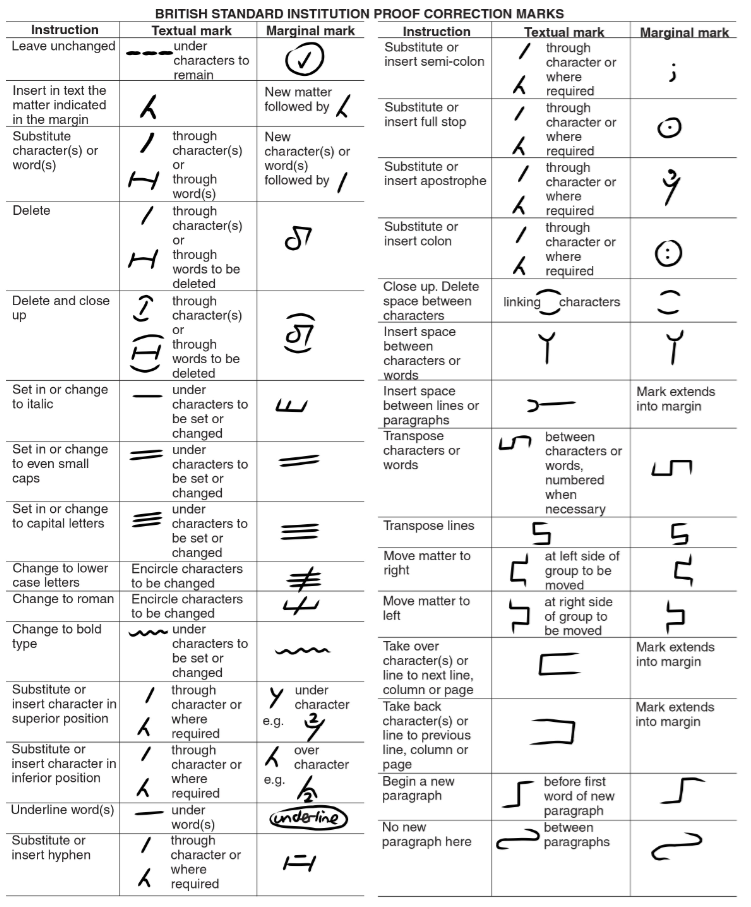18th April 2016
Proof Reading: Chore or necessity?

In today’s world you could say proof reading isn’t seen as much as it was this could be due to more organisations publishing web/digital content quickly, this process can skip the proof reading step.
Having a typo on your website, is just the same as having one on a sign in a shop window!
Do you understand the difference between editing a document and proof reading a document?
Editing is when you take a document and make changes to the content, add more, move paragraphs around and delete content.
Proof reading is about paying attention to spelling (don’t rely on your computers spellchecker they are not fool proof, don’t be fooled), grammar used, punctuation and sentence structure.
Although here at PSP we’re not a big printing, publishing house, we still pride ourselves on the documents and digital content we write. For anyone writing digital content (anything for an audience) we recommend that you must proof read everything. Here are a few tips we use from around the Internet.
- Always proof read on a printed version, it’s much easier to spot errors etc. on paper than a screen
- Read out loud - as you know what you have written your brain will fill in missing words without you noticing. Reading aloud makes you read the words
- Don’t rush, when it comes to proof reading it is something that you need to take your time on. Make time, plan proof reading into your deadline
- Similar to the above in terms of rushing, don’t do your proofing straight away – step back and leave your work in an ideal situation a day or two would be good as this allows you to look at your work with fresh eyes
- You can always ask somebody else to proof your work
In the digital world you need to pay attention to what you type, it can be seen by others outside of your organisation within seconds, it’s harder to reserve a published mistake than it is just to spend a few more minutes ensuring it is all correct before publishing to your website/blog/social media feeds etc.
Did you know we have a British Standard for proof reading? Link to overview of standard
In the proof reading profession there are standard marks you can use when going through your work, the more you use them the more they will become natural to you. Here are some examples of marks to use:

Source: www.cse.dmu.ac.uk
To finish proof reading is as important as it has ever been, you should treat your web/digital content just the same as content that goes to print. We hope you have found this blog interesting and useful.
References:
The following websites were used as reference when writing this blog.
Writing Forward - Writing tips - Proofreading and editing tips for writers
Quick and Dirty Tips - Proofreading tips
Where to find us
We'd love to welcome you into our office! We're only 20 miles north of Peterborough, conveniently just off the A16.
Carver House
Apex Court, Elsoms Way
Pinchbeck
Lincolnshire
PE11 3UL
